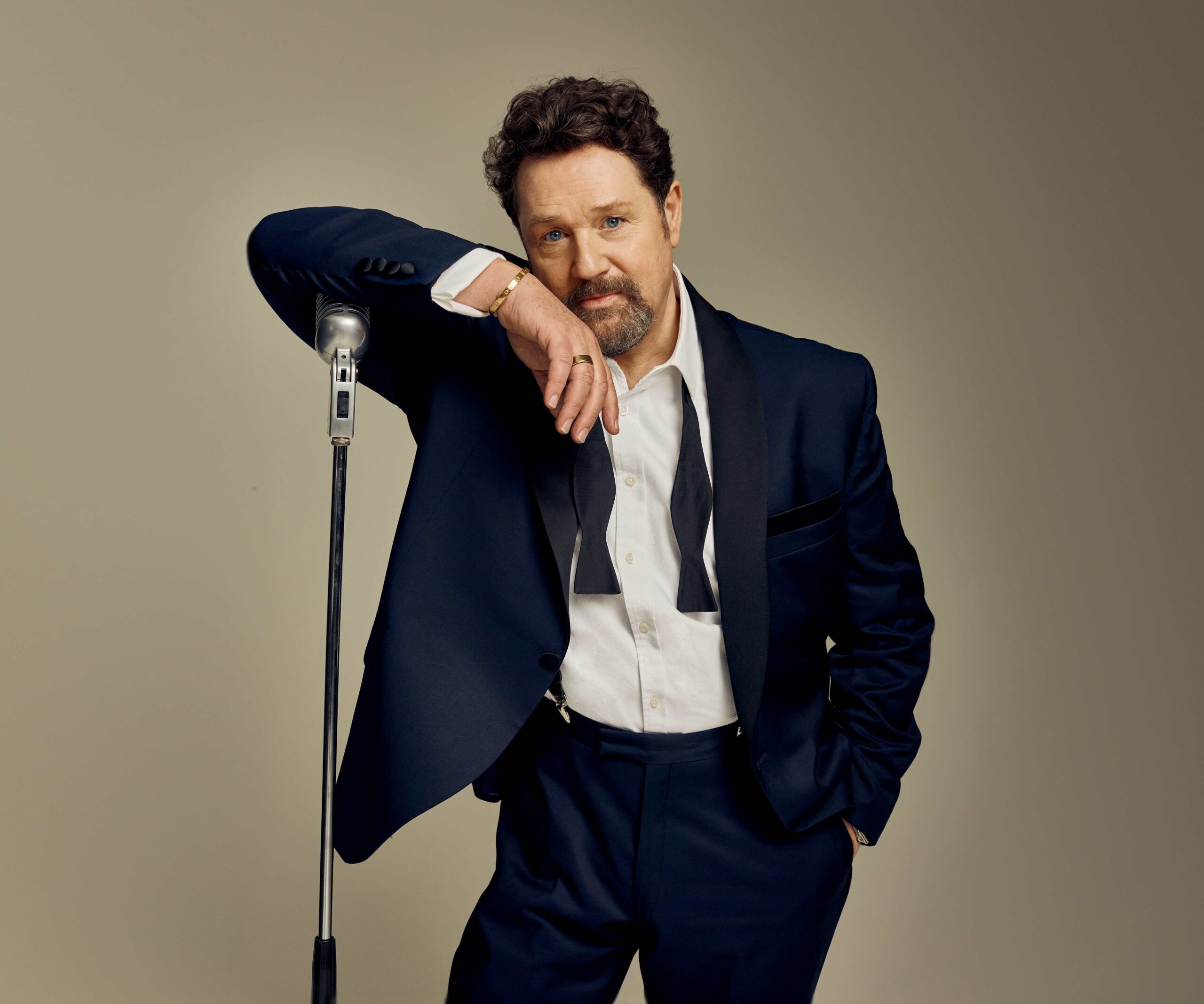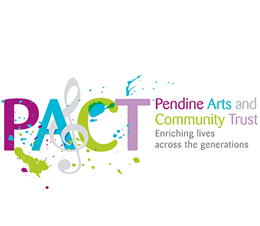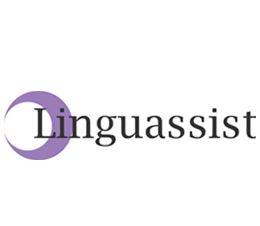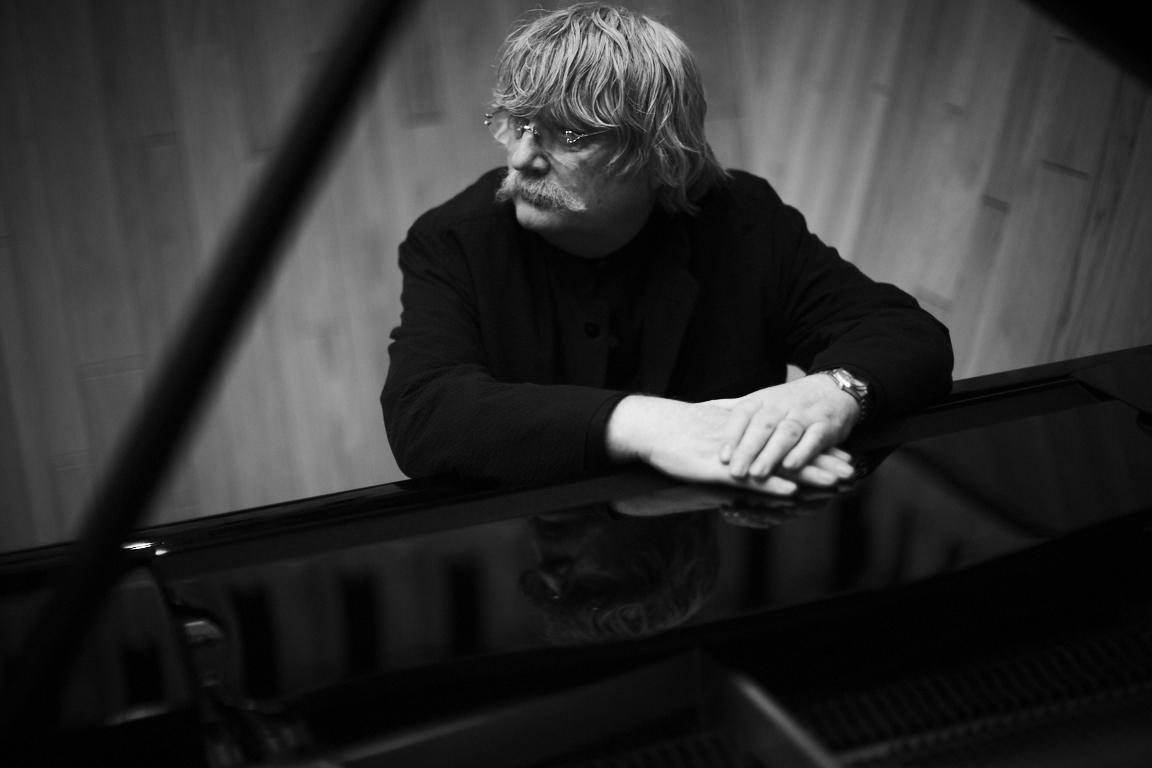
A landmark week of music, dance and international harmony – 7–12 July 2026

Orchestral Qawwali Project Royal Albert Hall London 27 May 2024 Photo By Annabel Moeller
The Llangollen International Musical Eisteddfod has unveiled its full programme for 2026, promising a defining week of global music-making, world-class performers and vibrant international competition in the heart of North East Wales.
Headlining the announcement is the long-awaited staging of Uniting Nations: One World on Tuesday July 7 2026. The major concert featuring Sir Karl Jenkins – cancelled at the last moment in 2025 due to an extraordinary medical incident – will now be presented for the very first time in Llangollen.
In response to phenomenal public demand, the concert has been expanded and enhanced for 2026. Audiences will finally experience One World, composed and conducted by Sir Karl, performed by a massed choir of more than 100 singers from WorldChoir and NEW Voices, the Llangollen International Orchestra, and soloists Simona Rose and Eirlys Myfanwy Davies.
This new, elevated edition also includes a fresh staging of the Peace Child Musical in partnership with Peace Child International, further reinforcing the festival’s commitment to global understanding and youth empowerment. The evening will open with a newly commissioned work by an emerging composer, written especially for Llangollen 2026. There will be a call for budding new composers soon.
 On Wednesday July 8, the festival ignites with Global Rhythms: Made in Wales, a celebration of Welsh creativity and multicultural collaboration. Performers include Guinean-Welsh multi-instrumentalist N’famady Kouyaté, brass sensations Band Pres Llareggub with special guest Sage Todz, the final of the Children’s Choir of the World competition, and the Eisteddfod’s iconic Celebration of Nations, a vibrant display of flags, colour and unity.
On Wednesday July 8, the festival ignites with Global Rhythms: Made in Wales, a celebration of Welsh creativity and multicultural collaboration. Performers include Guinean-Welsh multi-instrumentalist N’famady Kouyaté, brass sensations Band Pres Llareggub with special guest Sage Todz, the final of the Children’s Choir of the World competition, and the Eisteddfod’s iconic Celebration of Nations, a vibrant display of flags, colour and unity.
On Thursday July 9, audiences will experience the spellbinding Orchestral Qawwali Project, led by critically acclaimed composer, Rushil Ranjan. The Project features the soaring vocals of Abi Sampa in an effortless combination with rich orchestral arrangements and powerful chants. The duo seamlessly blends Western Classical, choral, Indian Classical and Sufi music. Since their formation, they’ve risen to prominence selling out concert venues around the world, including the Royal Albert Hall. They have also amassed millions of online listeners.
The Weekend features two major headline events already generating huge excitement:
 • Emeli Sandé with The Absolute Orchestra on Friday July 10, delivering a world-exclusive orchestral reimagining of her greatest hits.
• Emeli Sandé with The Absolute Orchestra on Friday July 10, delivering a world-exclusive orchestral reimagining of her greatest hits.
• An Evening with Michael Ball on Saturday July 11, showcasing his unmistakable blend of musical theatre favourites and timeless classics, preceded by the International Voice of Musical Theatre final.
The festival concludes on Sunday July 12 with the internationally celebrated Choir of the World competition, where leading choirs compete for the prestigious Pavarotti Trophy. The evening also features the Pendine International Voice of the Future final, spotlighting exceptional emerging vocal talent.
Across the week, thousands of competitors from around the globe will take to the pavilion stage for a dynamic programme of daytime competitions. Saturday marks the festival’s most ambitious slate of dance events in decades, and Sunday brings together international choirs in inspiring harmony.
Dave Danford, Artistic Director of the Llangollen International Musical Eisteddfod, said, “Llangollen 2026 brings together everything that makes this festival so special: world-class artists, extraordinary global talent and a spirit of friendship that transcends borders.
“We’re delighted this year to bring cutting edge music including N’famady Kouyaté, Band Pres Llareggub, Sage Todz, Emeli Sandé and the incredible Orchestral Qawwali Project, who recently sold-out prestigious venues like the Royal Albert Hall and Birmingham Symphony Hall. This will be another week that truly embodies the Eisteddfod’s mission to unite nations through music and dance.”
Tickets for all 2026 evening concerts and season passes will go on sale to Friends of the Llangollen International Eisteddfod from Tuesday 25 November, with general sale opening on Wednesday 26 November. They will be available from Llangollen.net, 01978 862 000 or from Llangollen Tourist Information Centre on Castle Street, Llangollen.
 John Gambles, Chair of the Llangollen International Musical Eisteddfod, said, “The staging of One World for the first time in Llangollen is more than a rescheduled concert – it is a powerful statement about resilience, collaboration and the unifying force of music. We can’t wait to welcome Sir Karl Jenkins to the Eisteddfod stage again. The entire 2026 programme reflects that same spirit, bringing together extraordinary artists and communities from across the world for a truly unforgettable week.”
John Gambles, Chair of the Llangollen International Musical Eisteddfod, said, “The staging of One World for the first time in Llangollen is more than a rescheduled concert – it is a powerful statement about resilience, collaboration and the unifying force of music. We can’t wait to welcome Sir Karl Jenkins to the Eisteddfod stage again. The entire 2026 programme reflects that same spirit, bringing together extraordinary artists and communities from across the world for a truly unforgettable week.”

 The Llangollen International Musical Eisteddfod has launched a major new commissioning opportunity for emerging Welsh composers. This project is made possible thanks to significant support from the Arts Council of Wales, whose commitment has enabled the festival to expand its investment in new music and creative talent.
The Llangollen International Musical Eisteddfod has launched a major new commissioning opportunity for emerging Welsh composers. This project is made possible thanks to significant support from the Arts Council of Wales, whose commitment has enabled the festival to expand its investment in new music and creative talent. 
 John Gambles, Chairman of the Llangollen International Musical Eisteddfod, said, “We are thrilled to launch Harmony Without Borders, a project that reflects our dedication to nurturing Welsh creative talent and celebrating the musical languages of our nation. None of this would be possible without the support of the Arts Council of Wales, whose commitment has enabled us to invest in new work on a scale worthy of our international stage. We look forward to welcoming a new composer into the Eisteddfod family and sharing their music with the world in July 2026.”
John Gambles, Chairman of the Llangollen International Musical Eisteddfod, said, “We are thrilled to launch Harmony Without Borders, a project that reflects our dedication to nurturing Welsh creative talent and celebrating the musical languages of our nation. None of this would be possible without the support of the Arts Council of Wales, whose commitment has enabled us to invest in new work on a scale worthy of our international stage. We look forward to welcoming a new composer into the Eisteddfod family and sharing their music with the world in July 2026.”


 On Wednesday July 8, the festival ignites with Global Rhythms: Made in Wales, a celebration of Welsh creativity and multicultural collaboration. Performers include Guinean-Welsh multi-instrumentalist N’famady Kouyaté, brass sensations Band Pres Llareggub with special guest Sage Todz, the final of the Children’s Choir of the World competition, and the Eisteddfod’s iconic Celebration of Nations, a vibrant display of flags, colour and unity.
On Wednesday July 8, the festival ignites with Global Rhythms: Made in Wales, a celebration of Welsh creativity and multicultural collaboration. Performers include Guinean-Welsh multi-instrumentalist N’famady Kouyaté, brass sensations Band Pres Llareggub with special guest Sage Todz, the final of the Children’s Choir of the World competition, and the Eisteddfod’s iconic Celebration of Nations, a vibrant display of flags, colour and unity. • Emeli Sandé with The Absolute Orchestra on Friday July 10, delivering a world-exclusive orchestral reimagining of her greatest hits.
• Emeli Sandé with The Absolute Orchestra on Friday July 10, delivering a world-exclusive orchestral reimagining of her greatest hits.
 John Gambles, Chair of the Llangollen International Musical Eisteddfod, said, “The staging of One World for the first time in Llangollen is more than a rescheduled concert – it is a powerful statement about resilience, collaboration and the unifying force of music. We can’t wait to welcome Sir Karl Jenkins to the Eisteddfod stage again. The entire 2026 programme reflects that same spirit, bringing together extraordinary artists and communities from across the world for a truly unforgettable week.”
John Gambles, Chair of the Llangollen International Musical Eisteddfod, said, “The staging of One World for the first time in Llangollen is more than a rescheduled concert – it is a powerful statement about resilience, collaboration and the unifying force of music. We can’t wait to welcome Sir Karl Jenkins to the Eisteddfod stage again. The entire 2026 programme reflects that same spirit, bringing together extraordinary artists and communities from across the world for a truly unforgettable week.”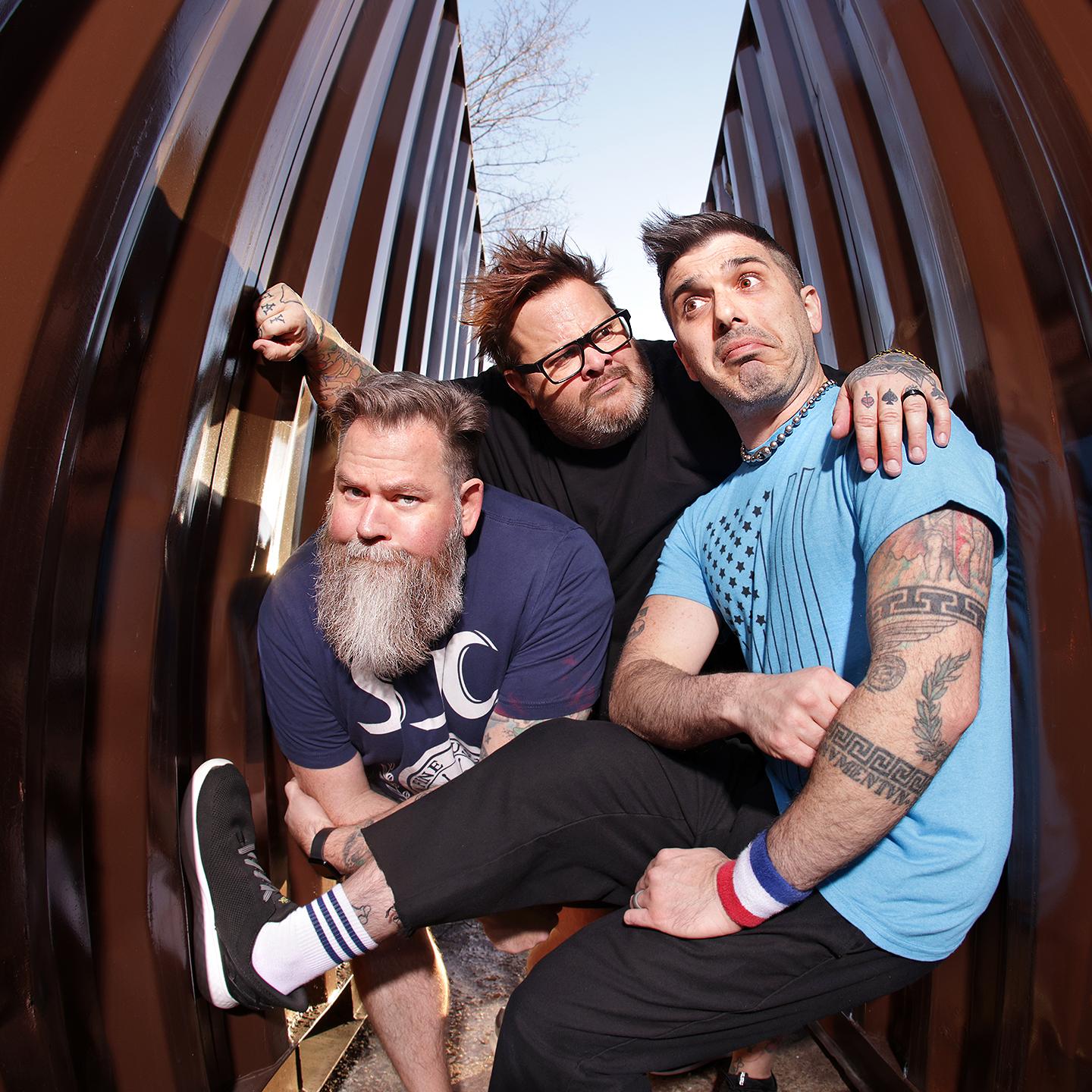



 Joining Super Furry Animals in Llangollen will be special guests Panic Shack, a sharp-witted five-piece punk outfit from Cardiff whose DIY spirit and electrifying live shows have made them one of Wales’ most exciting new bands. Formed in 2018 by Sarah Harvey, Meg Fretwell, Romi Lawrence, Emily Smith and Nick Williams, the group set out to prove music isn’t a members-only club. Their sound – collar-grabbing punk missives that walk the line between smoking-area banter and a restless rage for the world we live in – refuses to sit politely. With wit, grit and a fearless sense of identity, Panic Shack bring a riotous energy that’s impossible to ignore.
Joining Super Furry Animals in Llangollen will be special guests Panic Shack, a sharp-witted five-piece punk outfit from Cardiff whose DIY spirit and electrifying live shows have made them one of Wales’ most exciting new bands. Formed in 2018 by Sarah Harvey, Meg Fretwell, Romi Lawrence, Emily Smith and Nick Williams, the group set out to prove music isn’t a members-only club. Their sound – collar-grabbing punk missives that walk the line between smoking-area banter and a restless rage for the world we live in – refuses to sit politely. With wit, grit and a fearless sense of identity, Panic Shack bring a riotous energy that’s impossible to ignore.
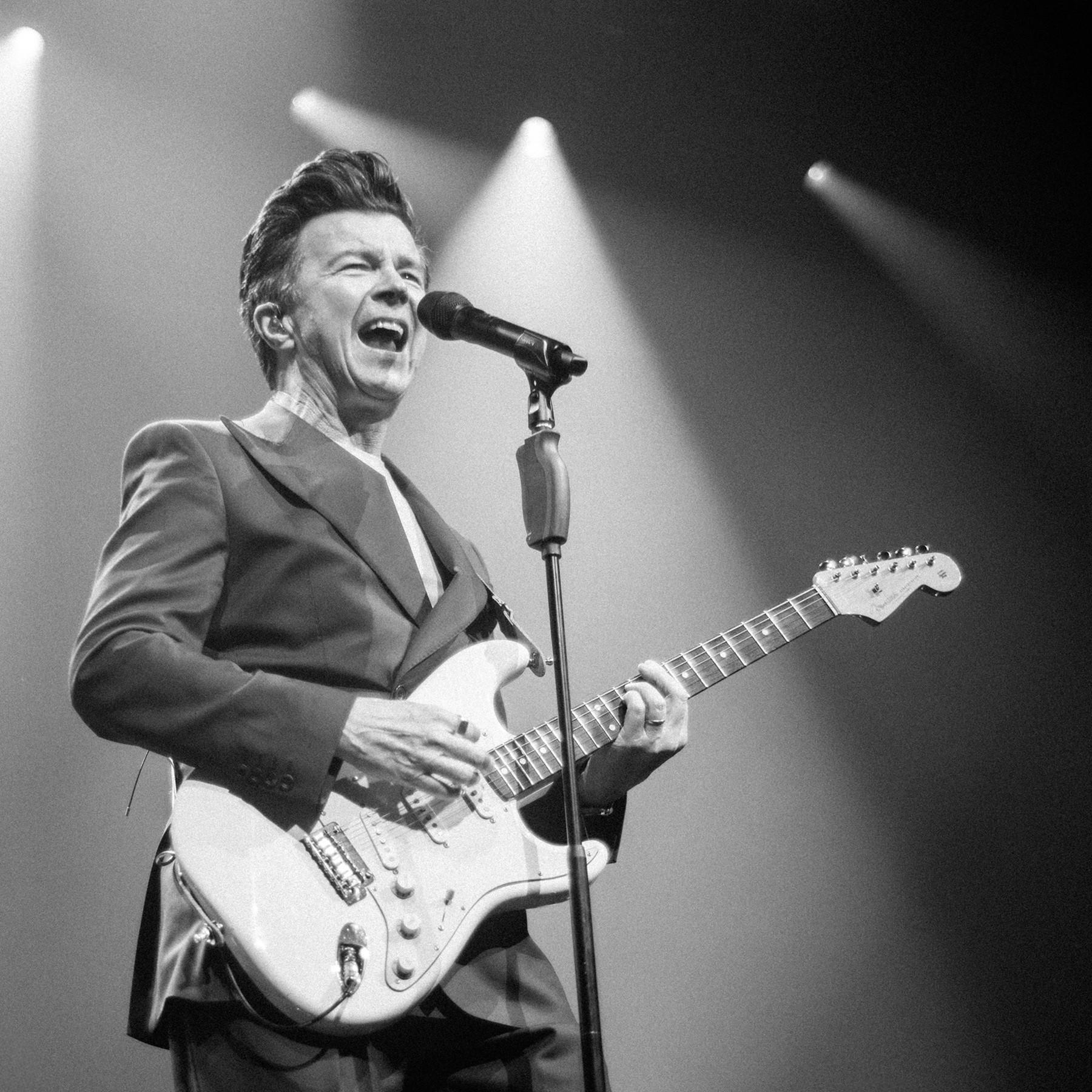

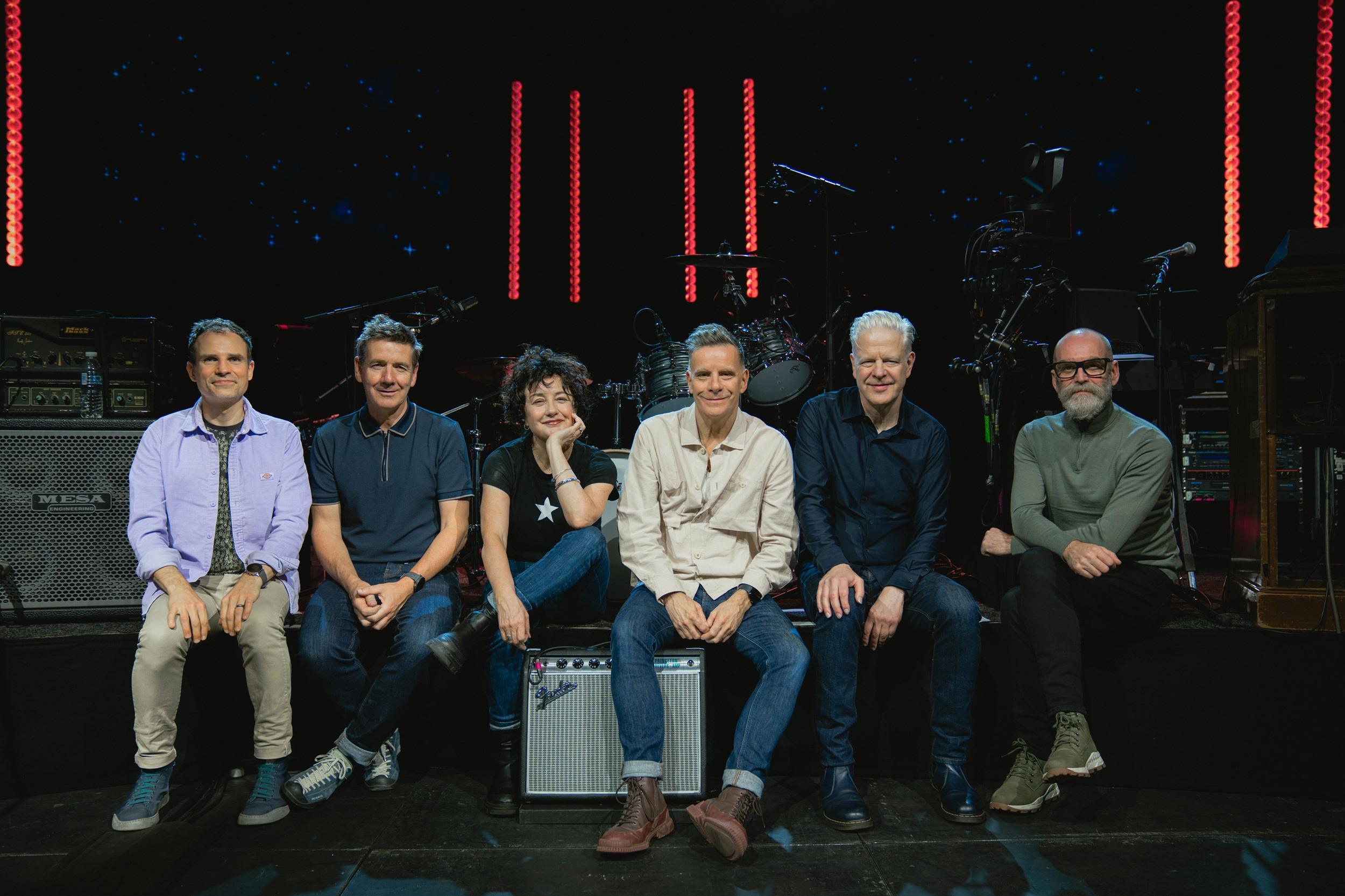
 Joining them as very special guests are Liverpudlian indie icons Lightning Seeds, the masterminds behind timeless favourites Pure and Lucky You.
Joining them as very special guests are Liverpudlian indie icons Lightning Seeds, the masterminds behind timeless favourites Pure and Lucky You.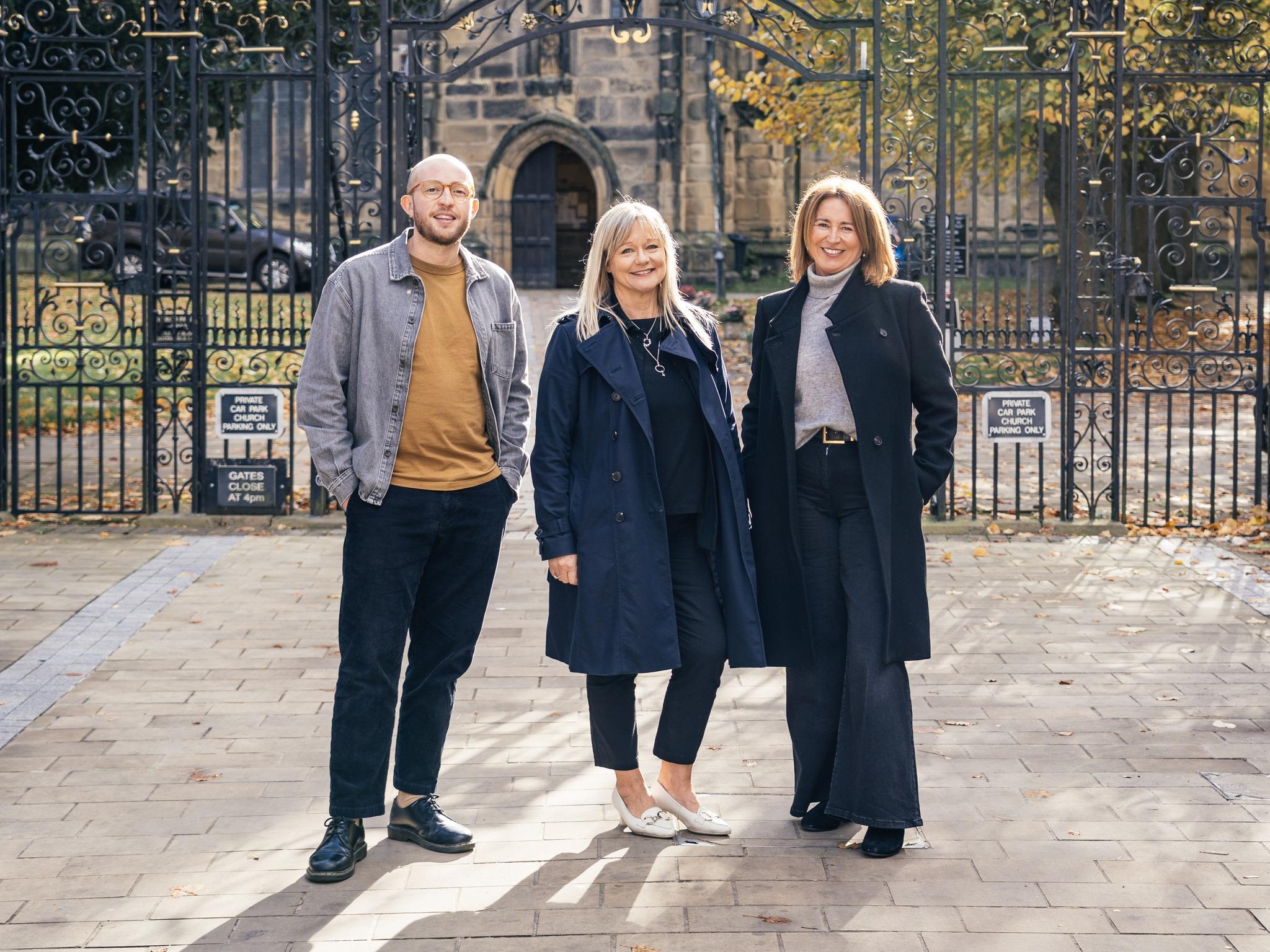

 Joanna Knight OBE, Chair of the Board, comments “We are in it to win it and incredibly proud to announce Wrexham’s intention to bid for UK City of Culture 2029. This is a chance to build on the incredible experience, pride, and momentum generated by our previous campaign and to show the world what makes Wrexham so special. The people of Wrexham are the heartbeat of this bid – their energy, creativity, and playfulness will make our journey even more exciting and vibrant. The Board brings together a wealth of talent and enthusiasm, and together we will work to create a bid that is inclusive, ambitious, and deeply rooted in our community. Wrexham’s story is one of resilience, creativity, and collaboration – and 2029 is our moment to shine.”
Joanna Knight OBE, Chair of the Board, comments “We are in it to win it and incredibly proud to announce Wrexham’s intention to bid for UK City of Culture 2029. This is a chance to build on the incredible experience, pride, and momentum generated by our previous campaign and to show the world what makes Wrexham so special. The people of Wrexham are the heartbeat of this bid – their energy, creativity, and playfulness will make our journey even more exciting and vibrant. The Board brings together a wealth of talent and enthusiasm, and together we will work to create a bid that is inclusive, ambitious, and deeply rooted in our community. Wrexham’s story is one of resilience, creativity, and collaboration – and 2029 is our moment to shine.”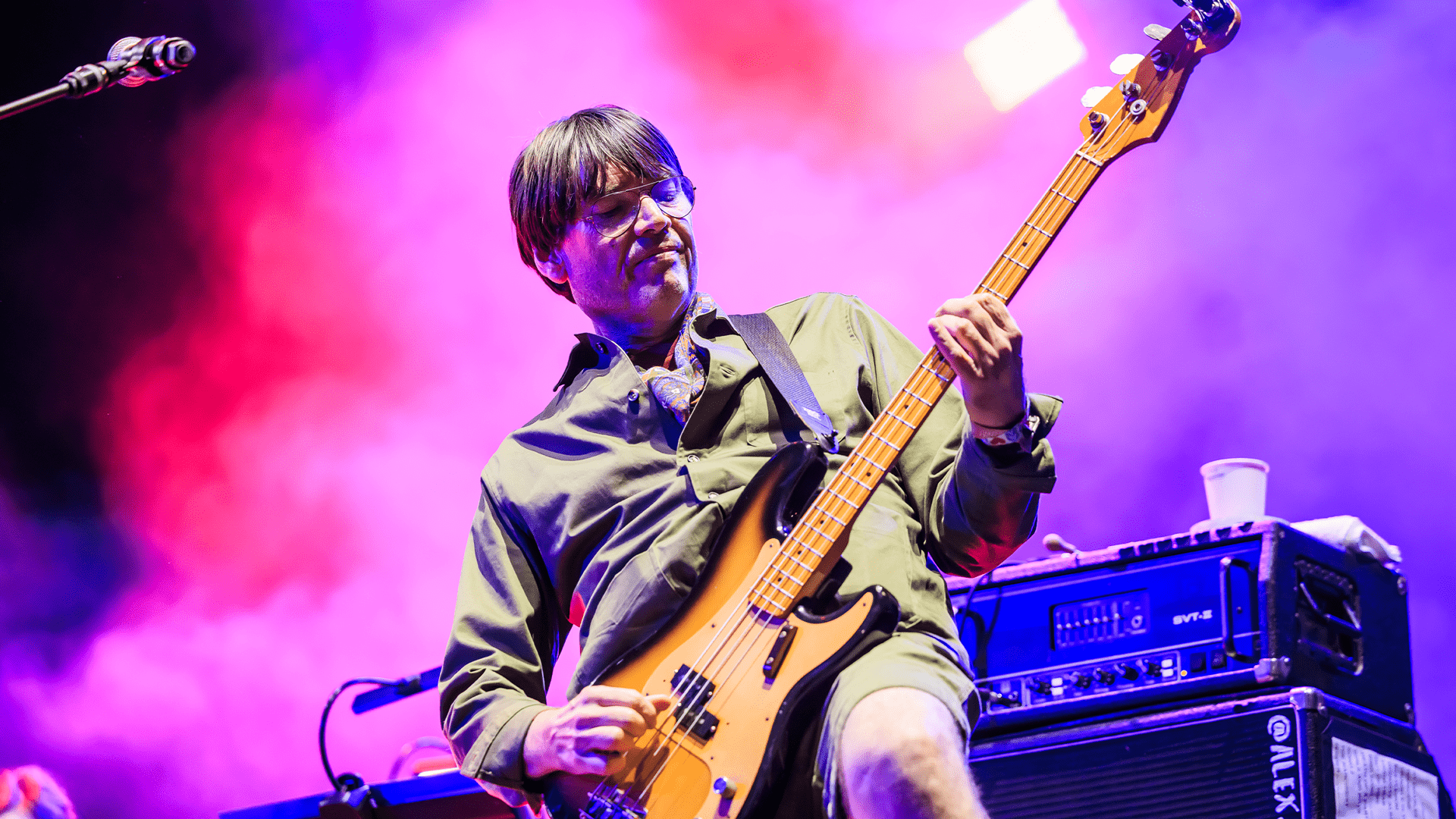

 Alex James’ Britpop Classical joins Tom Grennan, Billy Ocean, Pete Tong’s Ibiza Classics and David Gray among the first headline announcements for TK Maxx presents Live at Llangollen Pavilion 2026, which is presented as part of an ongoing partnership with the Llangollen International Musical Eisteddfod and Live Nation promoters Cuffe and Taylor.
Alex James’ Britpop Classical joins Tom Grennan, Billy Ocean, Pete Tong’s Ibiza Classics and David Gray among the first headline announcements for TK Maxx presents Live at Llangollen Pavilion 2026, which is presented as part of an ongoing partnership with the Llangollen International Musical Eisteddfod and Live Nation promoters Cuffe and Taylor.